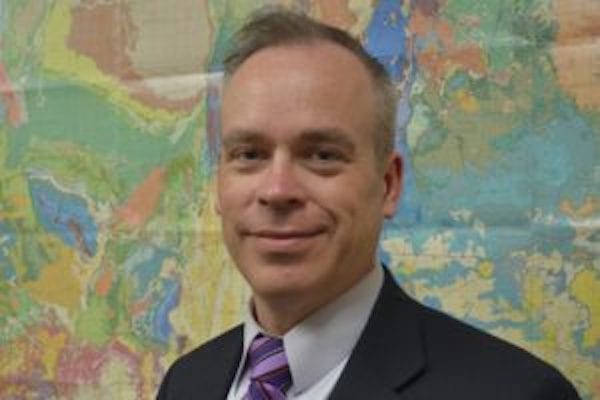
RadWaste Monitor Vol. 14 No. 22
Visit Archives | Return to Issue PDF
Visit Archives | Return to Issue PDF
RadWaste & Materials Monitor
Article 5 of 5
June 04, 2021
‘The State That is First:’ 30 Minutes with James Kenney, Cabinet Secretary, New Mexico Environment Department

When it comes to radioactive waste in New Mexico, the head of the state’s environment department thinks the buck should stop — or really, start — with him.
“This is the state to which things have been sent to. We are adamant that we will be the state that…
Partner Content